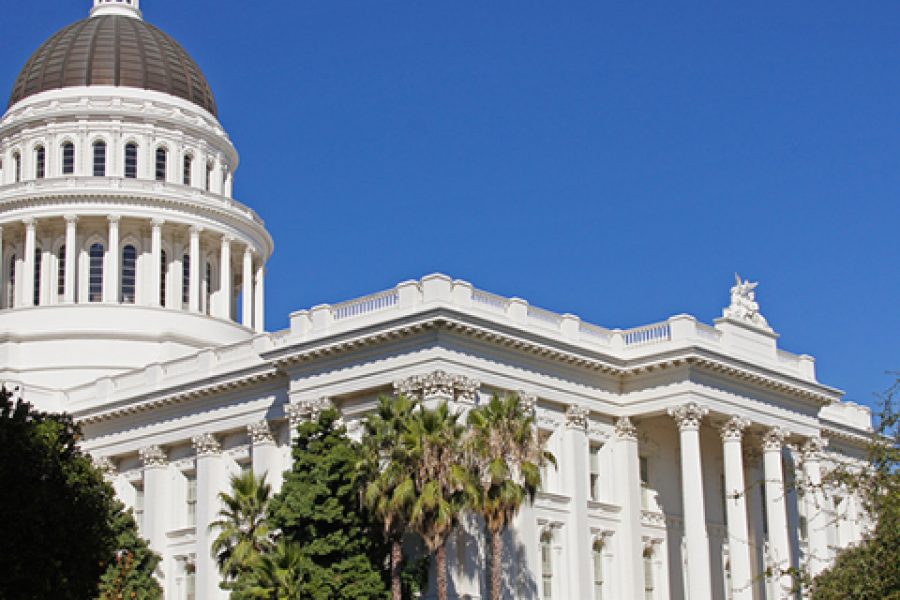Last year, I got a kick out of playing CalMatters’ Spend the Surplus Game. This year, not so much.
CalMatters created a clever online game that lets you decide how California should spend its surplus. This year, it’s projected to be $45.7 billion. Of that amount however, I only get to spend $20.6 billion due to Prop. 98, which mandated that a majority of the funds automatically go to K-12 education.
For a tax cutter like myself, the $20 billion was a paltry sum given the options I had to give California residents tax relief. Saying “bye, bye” to the income tax ($130 billion) would leave the state $110 billion in the hole. Eliminating the sales tax at $32.2 billion and getting rid of the capital gains tax at $23.7 would also mean a deficit. By law, California must balance its budget.
So, what’s left? Lowering the sales tax by half reduced the surplus by $16.1 billion, slashing in half corporate tax rates would drop it by $11.4 billion, and repealing the gas tax means dipping into the surplus for $8.1 billion. I could have one or two of these tax cuts, but not all three. If I had to choose, I would likely pick cutting the sales tax by half because this move would increase spending and likely bring in more tax revenue.
On the spending side, I said no to single-payer health care, no to basic income, and no to the high-speed train to nowhere. There were some funding proposals that I was soft on, like mitigating wildfires and helping the homeless. But for these projects, accountability is in order. We’ve spent billions in the past, but the problem only seems to get worse.
Another possibility is paying down the state’s unemployment benefits debt to the federal government – a whopping $19.2 billion. This alone would nearly wipe out the surplus. The I.O.U. to Uncle Sam is especially irksome because a portion of that money went to crooks, thanks to the state’s incompetent Employment Development Department.
In the end, I lost interest in the game.
The fact is that long-suffering California taxpayers can get their $20 billion back, or at least some of it. In 1979, Paul Gann led a successful campaign (Prop. 4) to convince voters to put limits on government spending. If the “Gann Limit” is exceeded, money gets returned to taxpayers. In January, the state projected that it will be over the Gann Limit by $2.6 billion.
What if Sacramento politicians were to actually return that amount? According to the IRS, there are approximately 18.6 million tax filers in California. Based on the projected overage of $2.6 billion, a back-of-the envelope calculation means that every tax filer would get back about $140. And if Sacramento does better than the Gann Limit and returns the entire $20.6 billion surplus back to taxpayers, that means a refund of about $1,100 for each tax filer – the best endgame of all.
Rowena Itchon is senior vice president of the Pacific Research Institute.


